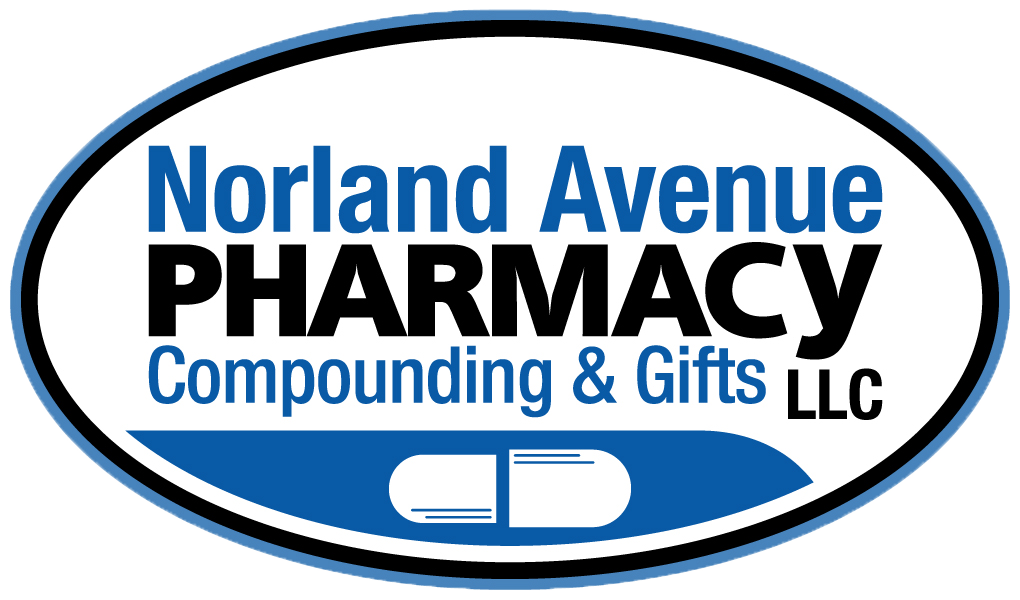Are You Getting Probiotics & Prebiotics?
- Norland Avenue Pharmacy
- Feb 1, 2022
- 3 min read
Updated: Jul 17, 2024
Your gut needs prebiotics and probiotics—but what's the difference? You might be familiar with probiotics, the live microorganisms present in yogurt and fermented foods—but have you heard of their counterpart, prebiotics?
There are trillions of bacteria and other microorganisms that take up residence in the lining of your digestive tract and play a key role in your health. Probiotics are one of the most well-known parts of this complex system.
Probiotics are the “good” bacteria that live in your gut, promote healthy digestion, and give your immune system a boost. Although your digestive tract naturally pro-duces probiotics, it is beneficial to also consume more foods naturally rich in probiotics to increase your levels and variety of strains of the good bacteria. Probiotics have been shown to help balance the microorganisms in the digestive tract and help repopulate the beneficial bacteria after, say, taking a round of antibiotics.
Prebiotics, on the other hand, are types of carbohydrates found in fiber-rich fruits and vegetables that are non-digestible by the body. In-stead, they pass through your gut and provide a food source for those healthy bacteria (probiotics) and allow them to thrive. It’s important to note that all prebiotics are fiber, but not all fiber is prebiotic.
Prebiotics and probiotics play complementary roles for your gut health and work as a team to support your gut microbiome. They work together to maintain the balance of healthy bacteria by helping populate the live microorganisms themselves (the probiotics) and feeding those microorganisms (the prebiotics).
Probiotic-rich foods are often a by-product of fermentation, which has been used for centuries in many cultures to preserve food and enhance health properties. In recent years, fermented foods have become more popular in the West as health-conscious consumers and practitioners recognize their impact on overall health and especially digestion. You need to look no further than the recent rise in popularity of kombucha and sauerkraut for evidence.
Probiotic-Rich Foods:
Kefir, a fermented milk drink similar to yogurt
Sauerkraut and kimchi, made by fermenting cabbage and other vegetables
Plain live organic yogurt (look for the words “live, active culture”)
Fermented soybean products such as tofu, tempeh, and miso
Kombucha, a slightly fizzy drink made by fermenting black or green tea
Prebiotics can be naturally found in many fruits, vegetables, whole grains, and legumes that are high in special types of fiber
Prebiotic-Rich Foods:
Alliums, such as garlic, onions, and leeks
Asparagus
Apples
Chicory root
Dandelion greens
Jerusalem artichokes (aka sun-chokes)
Slightly under-ripe bananas
If you can’t trust your diet to include vital prebiotic- and probiotic-rich foods, you should probably con-sider a good supplement. We recommend the Health Living Solutions’ 35 Billion Probiotic.
These capsules are shelf-stable and include eight strains of probiotics as well as a prebiotic blend. This product is specially formulated to survive stomach acid so your body benefits from all 35 billion units.
As always, remember to double up on your probiotic when you take an antibiotic and take them at least two hours apart. If you have any questions, please give us a call.
*These statements are culmination of the knowledge and experience of the team at Norland Pharmacy. The information provided here is for informational purposes only. Please consult your healthcare provider with questions concerning any medical condition or treatment. Compounded medications are not reviewed by the FDA for safety or efficacy. These statements have not been evaluated by the Food and Drug Administration, and this product is not intended to diagnose, treat, cure or prevent any disease.




Comments